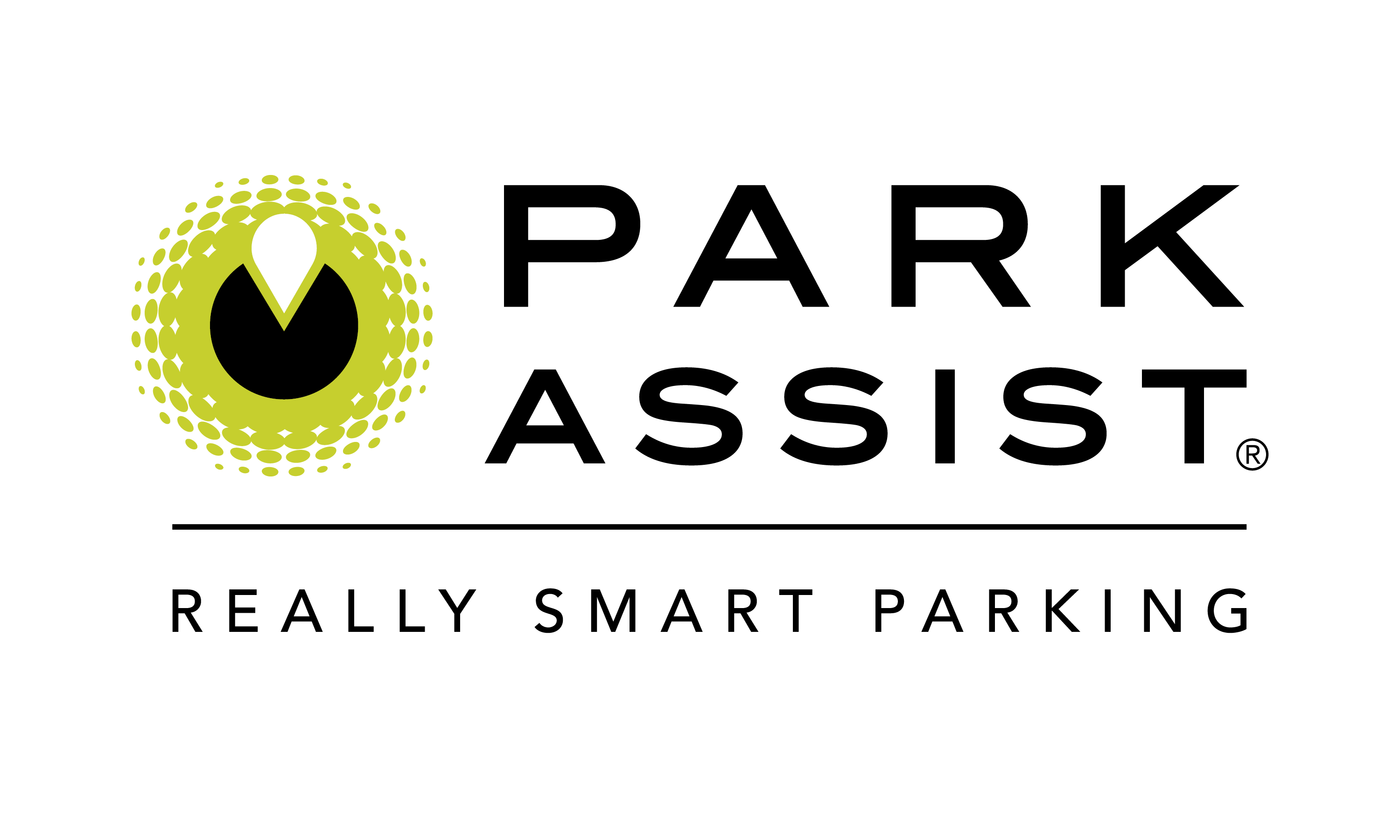The University of Texas at Dallas wanted to create a more streamlined and efficient parking experience for the approximately 32,000 students, staff, faculty and vendors on campus regularly. Additionally, UT Dallas had seen parking capacity double from 7,000 to 14,000 spaces over 10 years.
When planning for three new parking garages, which would add over 2,700 spaces, UT Dallas leaders elected to explore technological options to make it easier for users to take advantage of the university’s multilevel color-coded system. They also sought to enhance the perceived value of parking permits and gather actionable data for analysis and forecasting of future needs.
‘Actionable parking data’
“We wanted a solution that would add value for end users, while also providing actionable parking data to help manage today and to plan enhancements for the future,” says Bob Fishbein, associate vice president for auxiliary services.
After two years of research, UT Dallas chose Park Assist’s patented M4 camera-based, smart-sensing parking guidance system (PGS).
Guidance and license plate recognition
Before installing the Park Assist M4 system, traditional static signs and markings served as the only indicators directing drivers to color-coded areas for specific user groups, with no indication of whether bays were occupied or available.
Lacking sufficient data on parking usage and trends, UT Dallas found it challenging to forecast usage and to allocate the proper number of spaces for specific user groups in multiple parking areas. Drivers spent a long time looking for appropriate color-coded spaces.
“The ability to change parking spotlight colors to match our parking permit needs was essential.”
M4 smart-sensor LEDs are programmed to quickly display a broad spectrum of colors to guide permit holders to unoccupied bays in their designated parking areas. License plate recognition technology at entry points and in the camera-based, smart-sensors allows the system to ensure that permit holders occupy appropriate spaces.
Increased permit usage and better analytics
The perceived value of acquiring a permit has risen dramatically as a result of the streamlined parking strategy and the ability for permit holders to easily find unoccupied spaces in their designated areas.
“The ability to change parking spotlight colors to match our parking permit needs was essential to us,” says Cris Aquino, director of parking and transportation for UT Dallas.
Leveraging the data-driven analytics of the core M4 system, UT Dallas operators can fine-tune the number of bays assigned to various user groups and areas as well as accommodate special events to maximize efficiency. Also, actionable data is helping UT Dallas accurately plan for an additional 1,200-space garage.
Finding the space to handle higher ed parking issues
 Q&A with Scott Dubois, Vice President, Product Management, Park Assist
Q&A with Scott Dubois, Vice President, Product Management, Park Assist
How much time do faculty, staff and students spend looking for parking spaces and locating their vehicles?
Wasted time is tricky to quantify. We do know from a benchmarking study we did with the Brisbane Airport Corp. in Australia that parking guidance systems reduce the time it takes to park—anywhere from 25% to 60%. These percentages are based on the quantitative impacts of our M4 parking guidance systems on the time between vehicles entering the parking garage and parking in a vacant space.
Why is parking garage security important, and how can colleges improve their current systems?
Typically, most criminal activities occur between the vehicles—not in the middle of the driving aisles. Traditional security systems do not necessarily provide the visibility required to capture and document everything in a garage. A camera-based parking guidance system is installed in the middle of the driving aisle. The system covers every parked car. College and university parking facilities experience high turnovers between morning and evening classes, and those are times when people worry about security. Improving security in garages is a critical part of providing a secure parking experience.
“Measuring what’s going on with the parking space is a critical part of being able to optimize the operations associated with it.”
How can higher ed improve policy compliance and enforcement?
Most campus parking facilities have some form of permit system. Traditionally, that’s been through a monthly or a semester-based permit. Many colleges and universities don’t have an automated method for compliance or enforcement. The approach has been either to put boots on the ground to manually check permits on dashboards or windshields, or to install gate equipment at entries and exits. Both are costly, with boots on the ground including labor costs. A camera-based parking guidance system, which includes license plate recognition technology, integrates with a permit system to provide a set of reports and rules. For example, when someone parks in a zone with the wrong permit, a noncompliance alert is generated. It could start as a soft warning and progress to further enforcement based on the parking rules.
What parking management solutions streamline and optimize these operational efficiencies?
The key asset is the parking space. Everything else is there to support it. Measuring what’s going on with the parking space is a critical part of being able to  optimize the operations associated with it. Camera-based parking guidance systems monitor parking spaces and their availability in real time. The data is distributed to directional signage to signal where there are available spaces, and it also flows into dashboards and mobile apps for operational staff to understand the performance and utilization of the parking facility.
optimize the operations associated with it. Camera-based parking guidance systems monitor parking spaces and their availability in real time. The data is distributed to directional signage to signal where there are available spaces, and it also flows into dashboards and mobile apps for operational staff to understand the performance and utilization of the parking facility.
For more information, please visit parkassist.com





